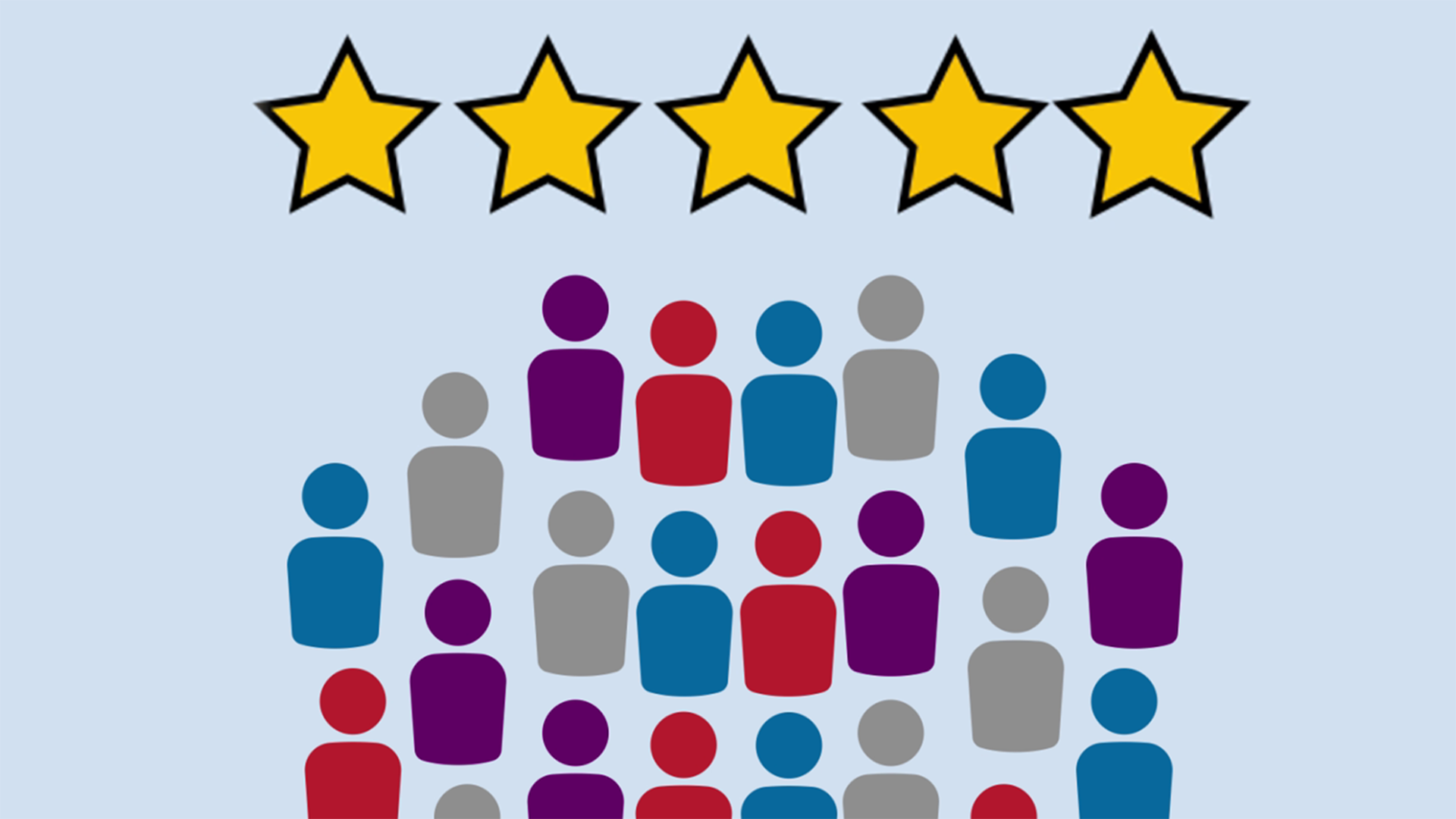Planning and Policies Overview
Planning and Managing Accessibility
The following resources provide guidance for individual project management and for managing accessibility throughout an organization.
- Web Accessibility First Aid: Approaches for Interim Repairs
- Provides a concise overview with pointers to address the most critical issues. Helps with the situation: “I need to make my website accessible and I don’t even know where to start!”
- Planning and Managing Web Accessibility
- Describes activities to help you integrate accessibility throughout your organization and projects.
- Accessibility Roles and Responsibilities Mapping (ARRM)
- Provides an approach for defining roles, tasks, and responsibilities for meeting Web Content Accessibility Guidelines (WCAG).
- Involving Users in Web Projects for Better, Easier Accessibility
- Describes how project managers, designers, and developers can better understand accessibility issues and implement more effective accessibility solutions.
 Video: Involving Users in Web Accessibility Overview
Video: Involving Users in Web Accessibility Overview
 Video: Involving Users in Web Accessibility Overview
Video: Involving Users in Web Accessibility OverviewThis video is also available on a W3C server: Video: Involving Users in Web Accessibility Overview (file format: MP4, file size: 38MB).
Text Transcript with Description of Visuals
| Audio | Visual |
|---|---|
| Involving users in web accessibility. | Involving users in web accessibility. |
| Accessibility is about making your websites and applications usable by people with disabilities. That includes your customers, clients, employees, students, and others. | Accessibility. A person in front of a computer. Next to the computer the words: customers; clients; employees; and students. |
| Unfortunately many approach accessibility just as a checklist. This risks missing the real purpose of accessibility - the user experience. | A checklist replaces the person. The website on the screen crumbles. 4 people replace the computer and checklist. |
Involving people with disabilities throughout your design and development process can be more effective and yield better results:
|
The group of people are surrounded by icons inserted in a development process cycle: pen icon; coding icon; paintbrush icon; and a magnifying glass icon. Smaller versions of these people are integrated in the process cycle. |
(continued list)
|
The process icons remain as the people are replaced with a motivation gauge. |
(continued list)
|
The process icons remain as the gauge is replaced with a graph showing an upward trend in results. The chart is replaced with multiple people figures. |
(continued list)
|
The people increase in numbers as the process icons are removed. A 5 star rating appears above the people to get all 5 stars filled. The people transition into a globe with a heart in the middle. |
| "Involving Users in Web Projects for Better, Easier Accessibility" provides guidance on project planning, and throughout the design and development process. | Involving Users in Web Projects for Better, Easier Accessibility. The development process cycle with icons appears. |
| "Involving Users in Evaluating Web Accessibility" provides more specific guidance on the evaluation stage of the process. | Involving Users in Evaluating Web Accessibility. The icons in the process cycle are focused in turn with a magnifying glass. |
| Together these resources help you focus on accessibility for your website users rather than focusing on technical requirements only. | Involving Users in Evaluating Web Accessibility and Involving Users in Web Projects for Better, Easier Accessibility. merge into a person in front of the computer. On the screen, passes and fails are marked. |
| Web accessibility: essential for some, useful for all | Icons around a computer: hand; eye; brain; ear; and mouth with sound waves. |
| For information on involving users in web accessibility, visit w3.o-r-g/W-A-I/involve-users. | Involving Users in Web Accessibility, W3C and Web Accessibility Initiative (WAI) logos. |
Law and Policy Resources
The resources below help you find existing laws and policies, and develop a policy for your organization.
- Web Accessibility Laws and Policies
- Lists governmental laws and policies relating to web accessibility in countries and regions around the world.
- Developing Organizational Policies on Web Accessibility
- Describes considerations when making simple or comprehensive policies for creating, managing, and delivering accessible websites.
- Developing an Accessibility Statement
- Helps you create an accessibility statement for your own website, mobile application, or other digital content.